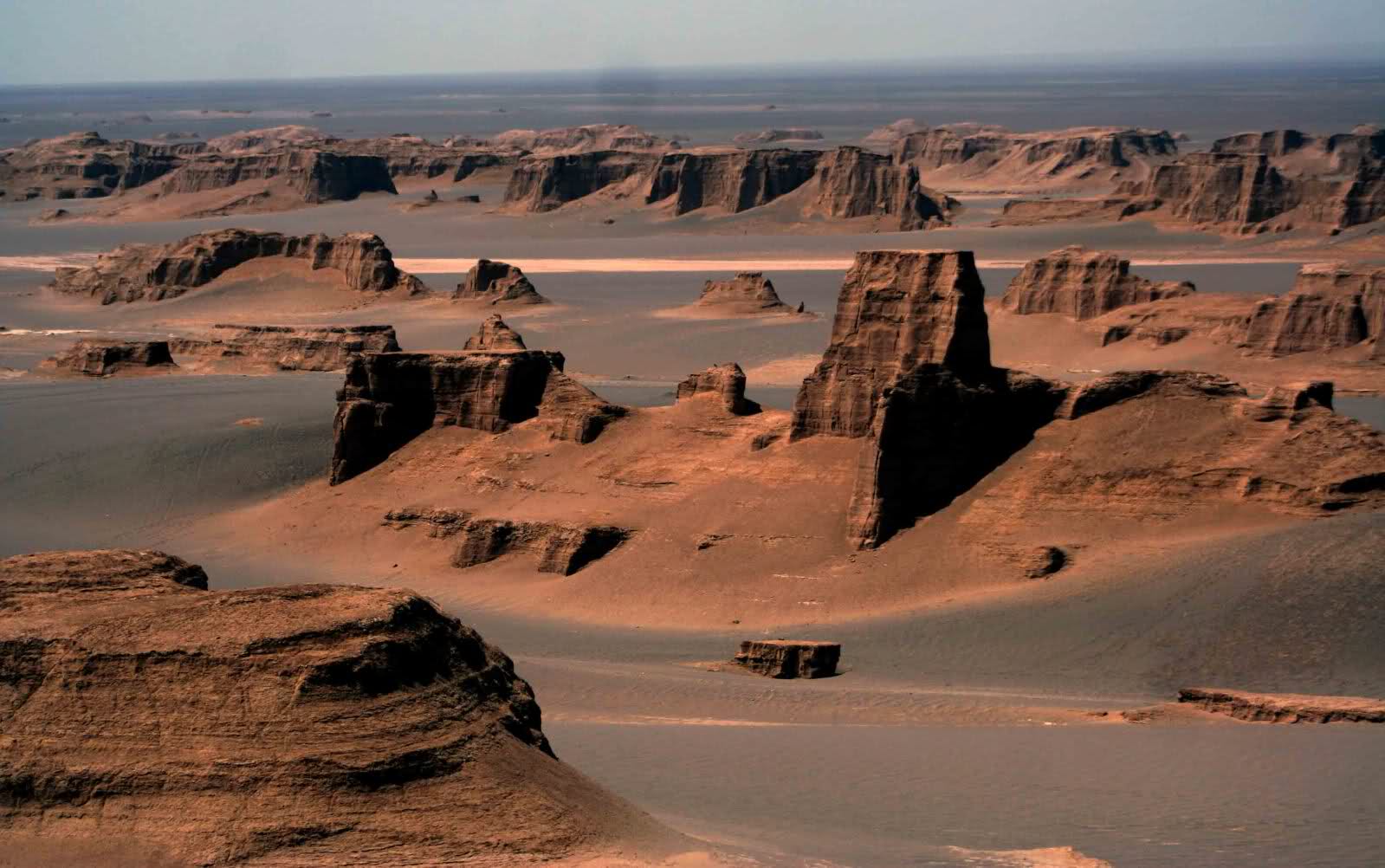The highly anticipated Silk Road Ultramarathon (May 2-9) begins today in Kerman Province’s Shahdad Desert, with 100 runners from countries spanning four continents — Europe, Asia, Africa and South America.
The race is scheduled in two formats: the ‘Integral’ 250 km (6 stages – 35/45 km per day with a long section of 70 km), while the ‘Lite’ version consists of 150 km in six stages (20/30 km per day with a long section of 40 km).
It is an exceptional race in terms of athletics and landscape, as the desert has a vast terrain and rare geological formations.
“I’d say about 20% of the participants are professional runners. The rest are here to learn about the Iranian culture and maybe use the opportunity to gain self-knowledge,” Paolo Barghini, an Italian marathon runner who has helped organize the event, was quoted as saying ISNA.
“The marathon is not a competition; it is an event that will help participants develop their team building skills as they will need to egg each other on, and may need to get more creative to cross the finish line,” Braghini said.
Peaceful and Safe Iran
The Italian, who has won marathons in both the Arctic and Antarctic, decided to organize the so-called ultramarathon in Shahdad Desert, to help send a message to the world: Iran is peaceful and safe.
Industry insiders and event organizers hope the marathon will help promote Iran abroad. According to the Persian daily Donya-e-Eqtesad, the event will be covered globally by popular satellite channels such as Sky Sport and Rai Italia.
The marathon will also make history as it will be the first event of its kind since the 1979 Islamic Revolution where men and women compete alongside one another.
Iranian officials have put a lot of stock in the gradually emerging travel market to help drive the economy out of stagnation and improve growth rates. The country’s self-stated goal is to attract 20 million tourists a year by 2025, potentially generating $30 billion in revenue.
Last year, just over five million people visited Iran, injecting about $8 billion into the economy.
Years of crippling economic sanctions imposed on Tehran over the dispute over its nuclear program hampered growth and tarnished the country’s global profile. But with the lifting of sanctions in January, thanks to the implementation of the landmark nuclear deal signed last June between Iran and the six major world powers, tourism officials believe Iran will be able to redeem its image.
Located in southern Iran, Kerman is brimming with historical, cultural and natural attractions. It is home to two world heritage sites — Bam Citadel and Meymand Village — and the Shahdad Desert, which after registering a record 70.7° C in 2005 is thought to be the hottest spot on the planet. The desert is home to unique yardangs (kalout in Persian) rarely seen by westerners.
Efforts are underway to inscribe Lut Desert, which encompasses large swaths of the province including the Shahdad Desert, on the UNESCO world heritage list.


